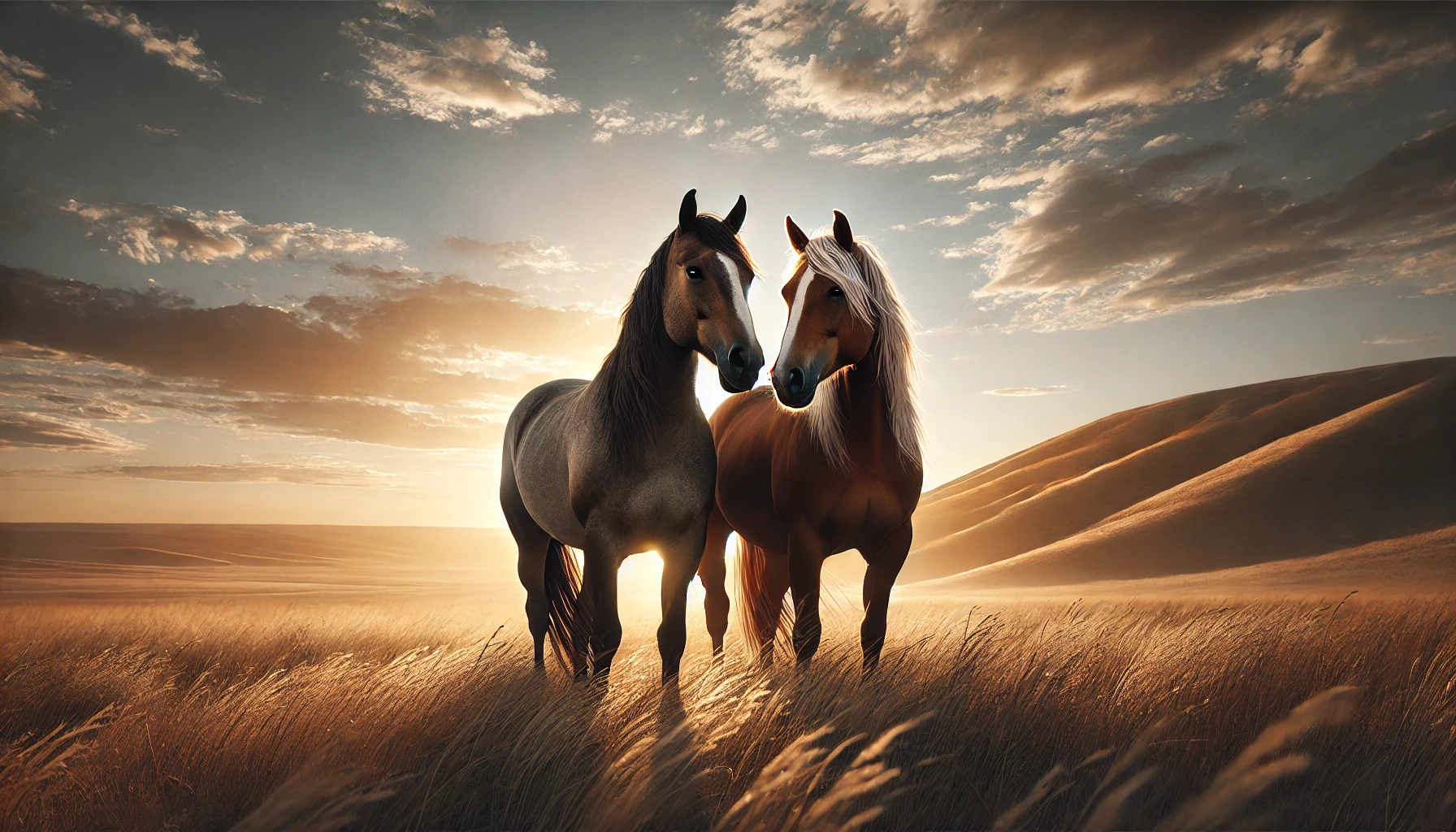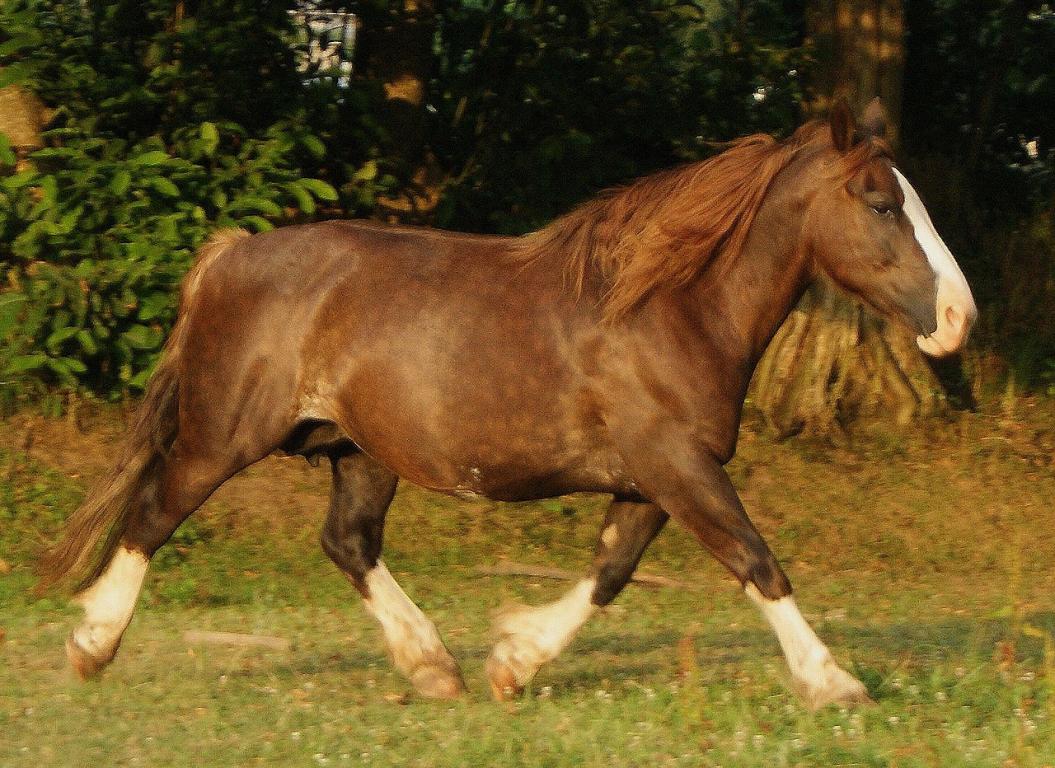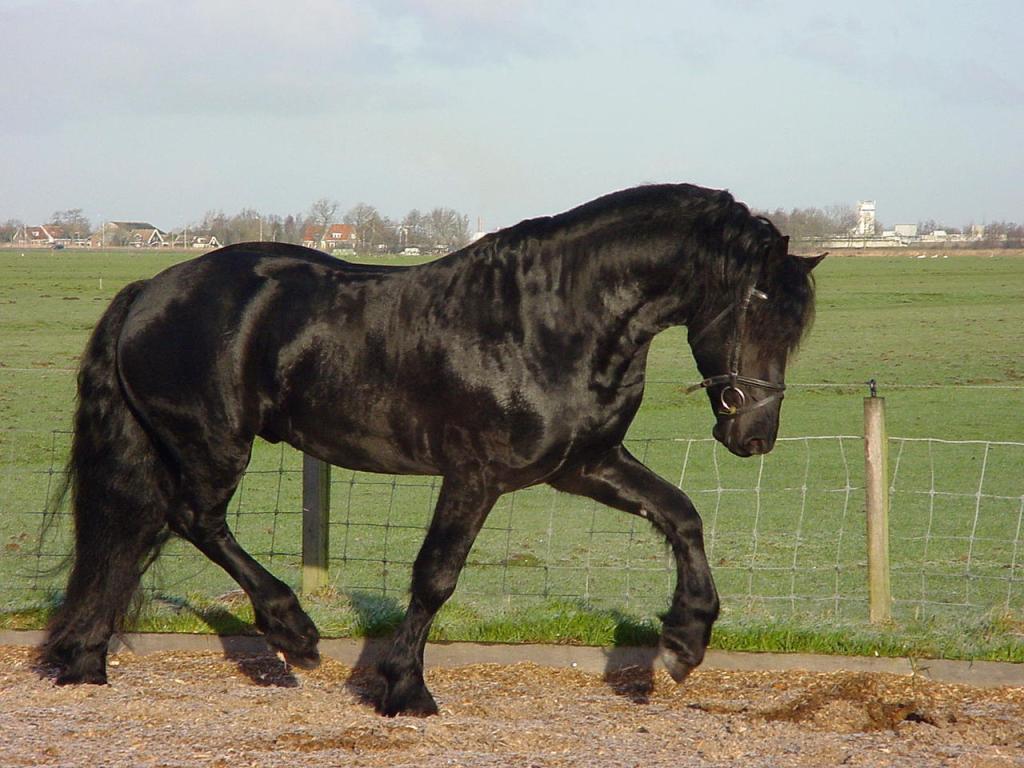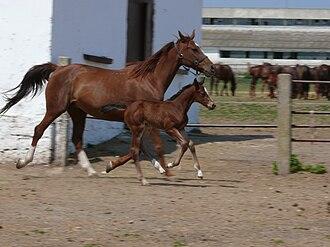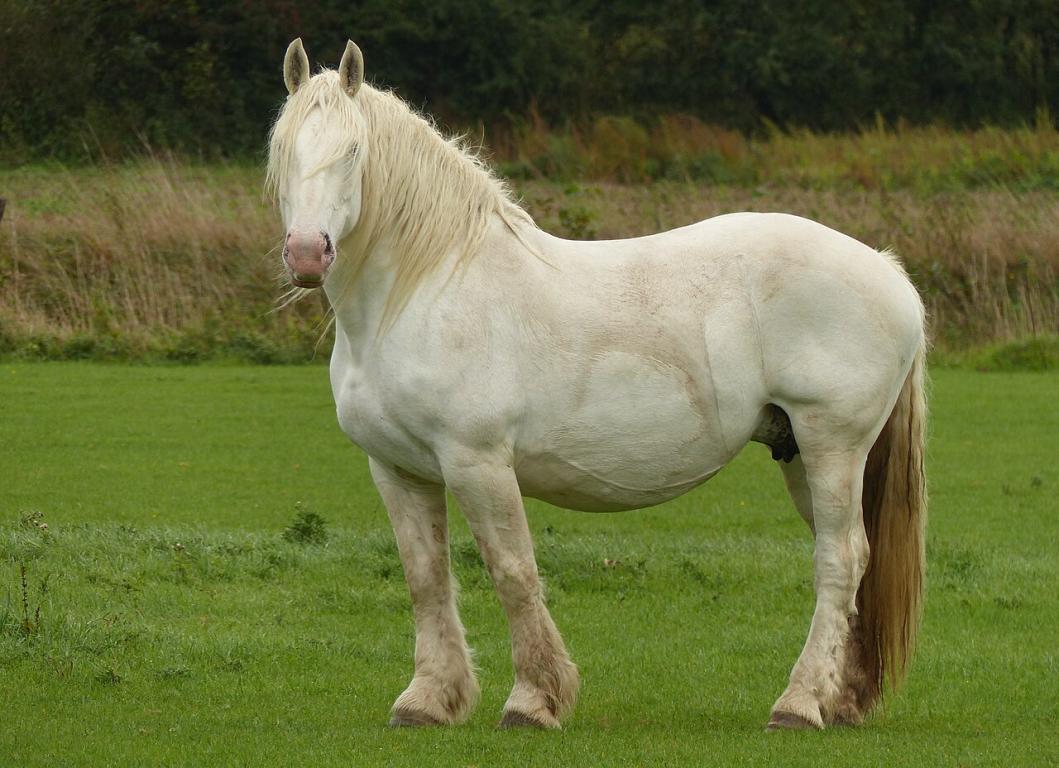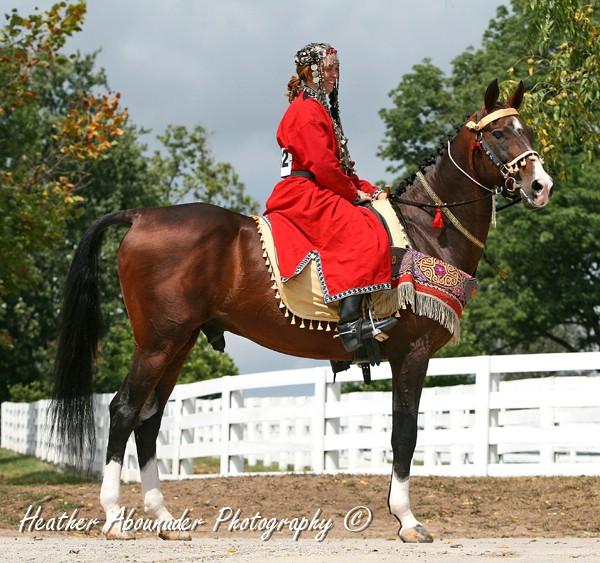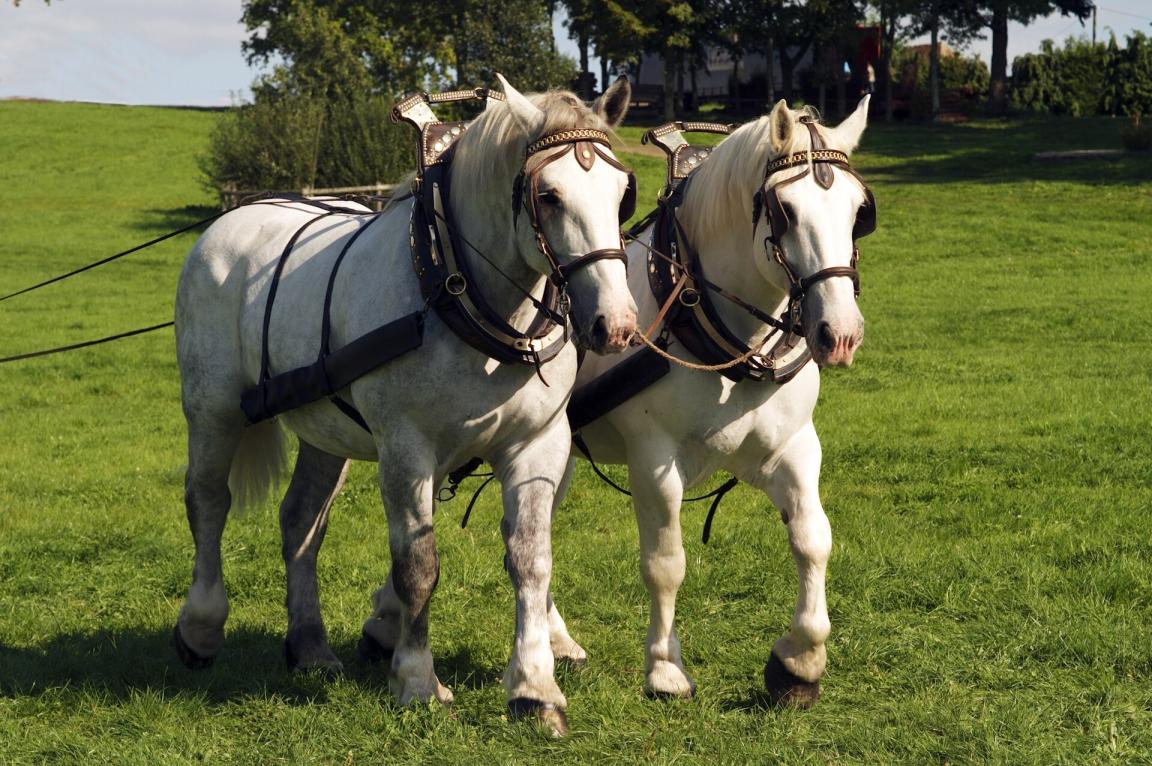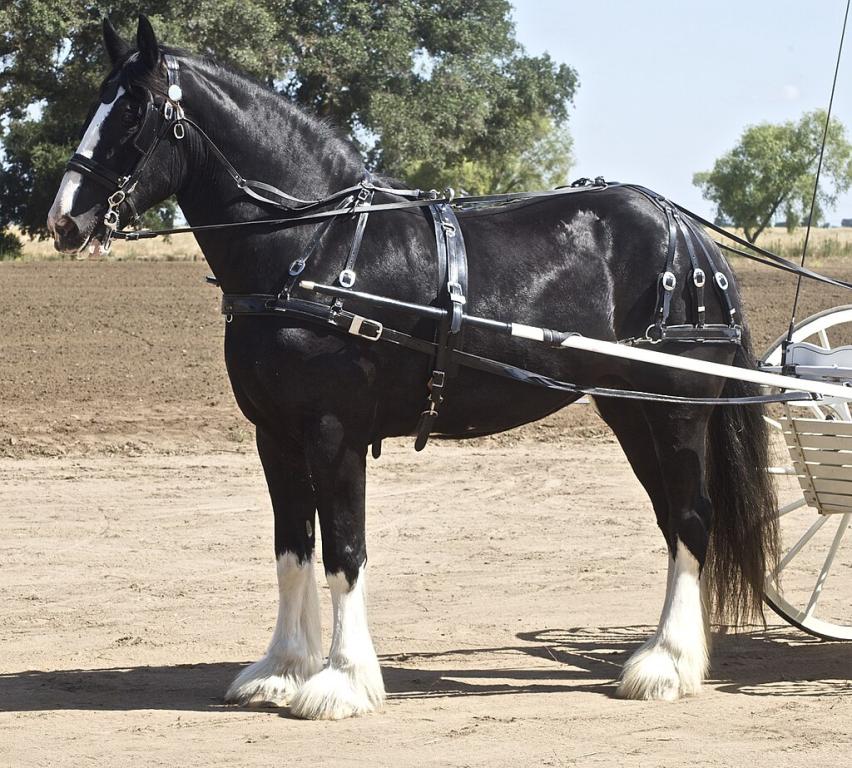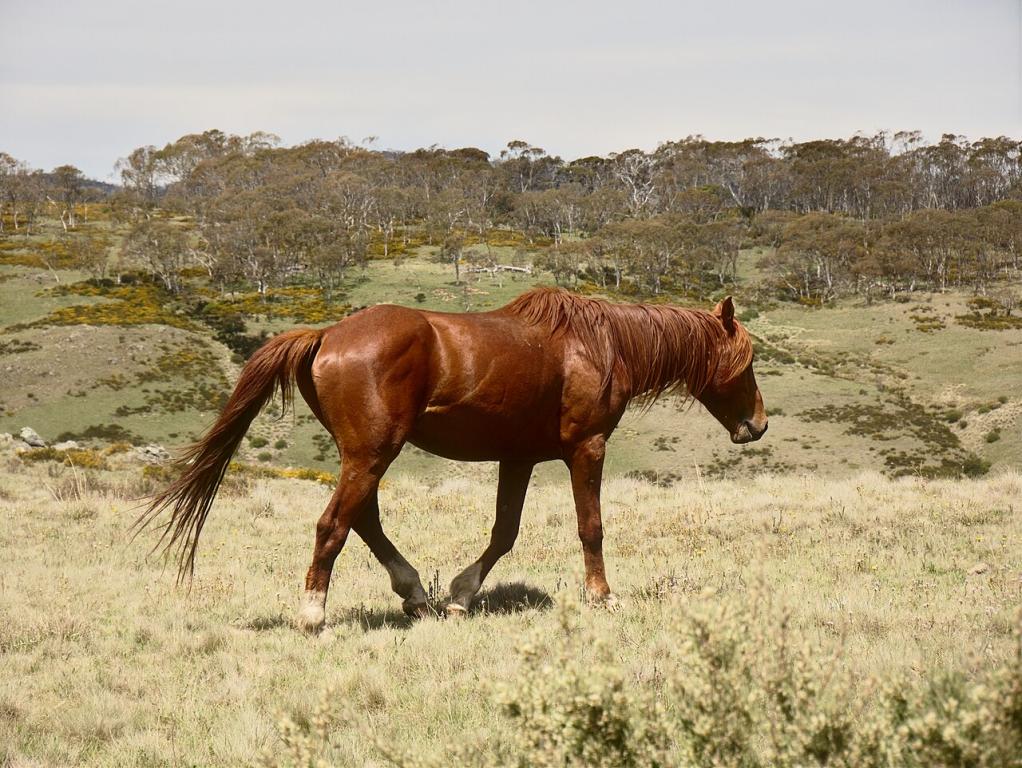What breeds are included?
Ancient breeds, modern crosses, sturdy ponies, draft or sport horses — and sometimes even donkeys. The encyclopedia does not follow an official or rigid system: if a breed has a story to tell, it belongs here.
Horses, ponies, miniatures: what's the difference?
- Horses: over 148 cm at the withers
- Ponies: under 148 cm, with a distinct build (short neck, strong limbs, etc.)
- Miniatures: under 100 cm, often bred for their size and balanced appearance, not for work
What is a breed for?
Each breed is shaped by adaptation — to climate, terrain, or a specific purpose. Some were born in the steppes to run fast and far; others in the mountains to carry, pull, or climb. The very concept of “breed” is tied to breeding, selection, and human uses.
Are the origins always known?
Not always. Some breeds are well-documented, with studbooks and precise standards. Others have vague origins, passed down orally or pieced together from scattered descriptions. Uncertainty is part of their story too.
A project in motion
The pages are always evolving. It’s not a frozen museum — it’s a travel notebook. Sometimes we’re wrong, sometimes we learn. Every correction or contribution is welcome. The goal is understanding, not perfection.
Why include donkeys ?
Though often overlooked, donkeys show incredible diversity. They’ve also been domesticated, hybridized, drawn, and sung about. They fully deserve their place in an encyclopedia about the equine family.
What about crossbreeds?
All breeds, in a way, come from crossbreeding. Some were stabilized into strict standards, others are still evolving. The encyclopedia includes these “in-between” horses when they offer something useful, beautiful, or curious to tell.

